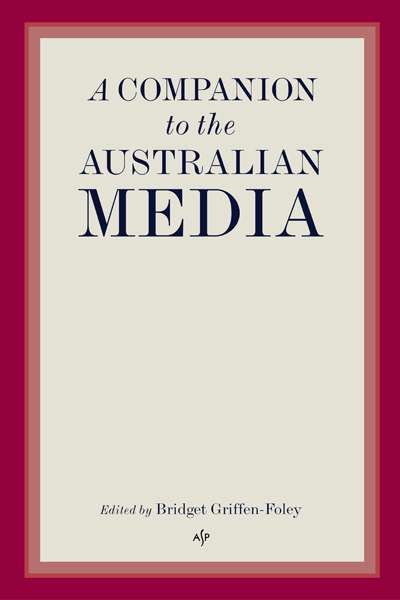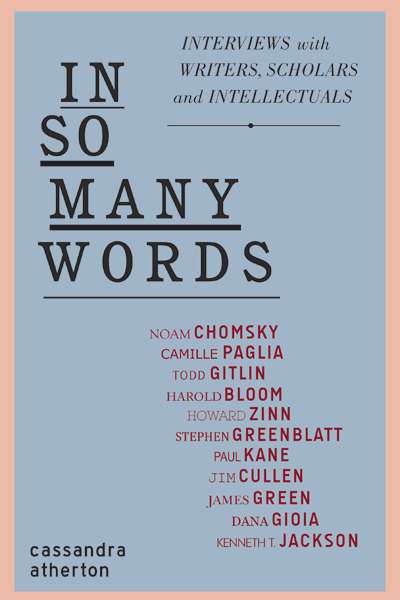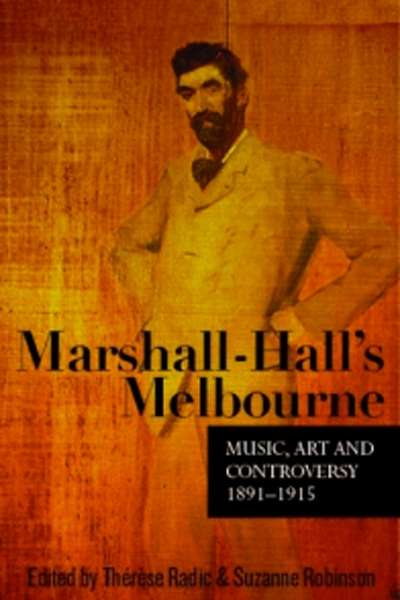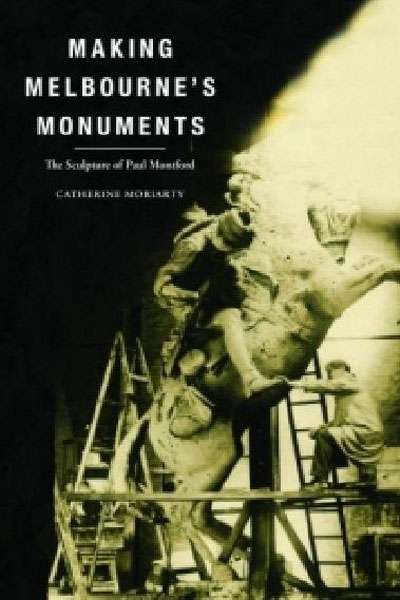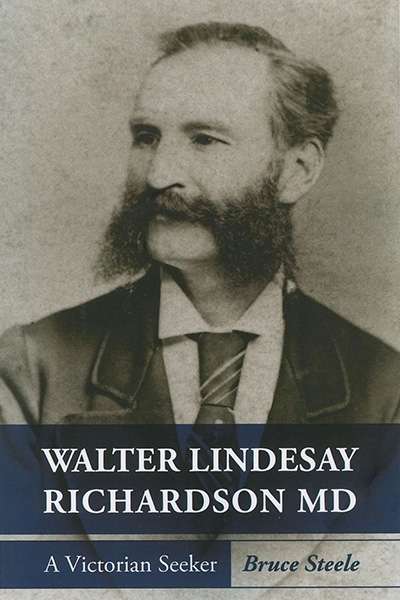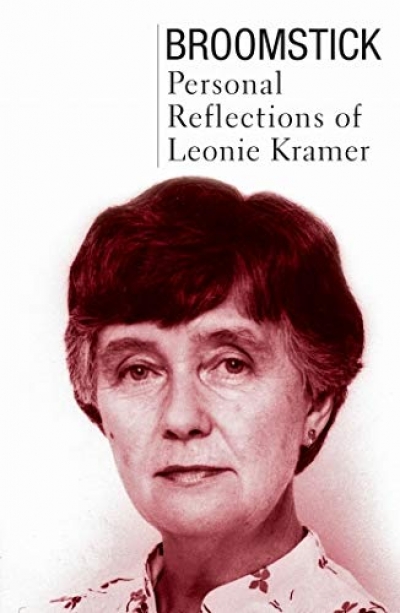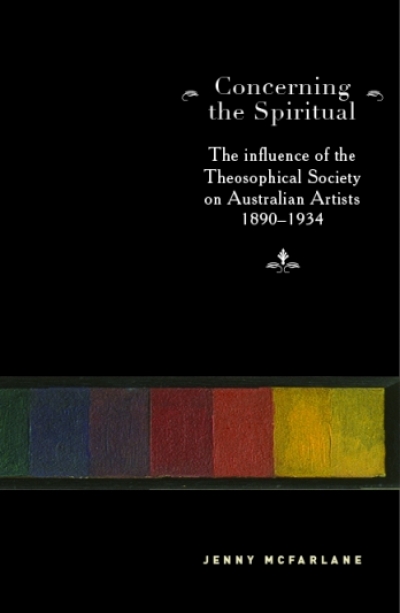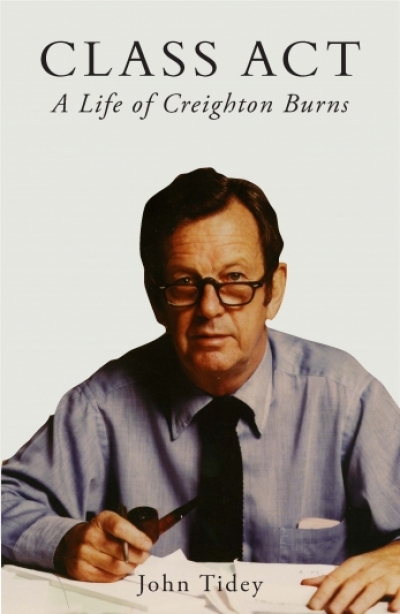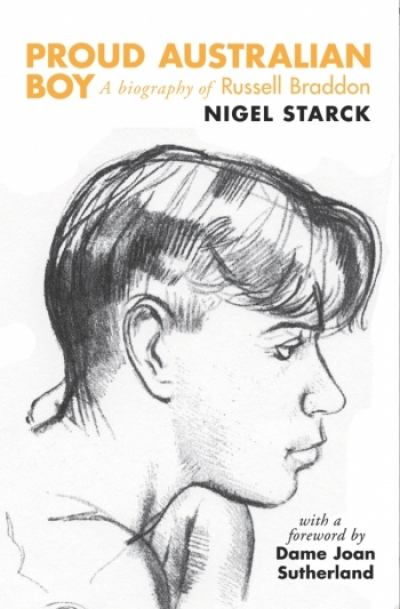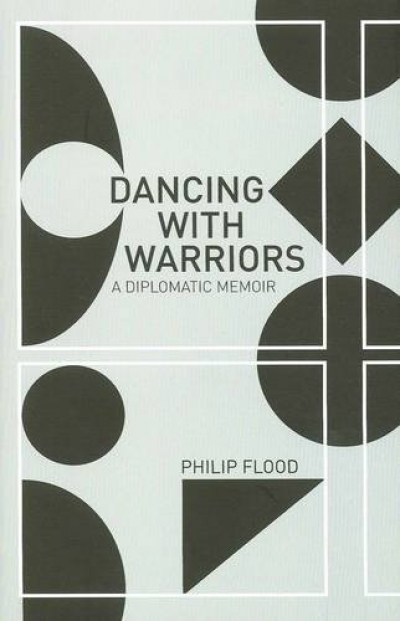Australian Scholarly Publishing
A Companion to the Australian Media edited by Bridget Griffen-Foley
by Geoffrey Blainey •
In So Many Words: Interviews with Writers, Scholars and Intellectuals by Cassandra Atherton
by Gillian Dooley •
Marshall-Hall's Melbourne: Music, Art and Controversy 1891–1915 edited by Thérèse Radic and Suzanne Robinson
by Benjamin Millar •
Making Melbourne’s Monuments: The Sculpture of Paul Montford by Catherine Moriarty
by Christopher Menz •
Walter Lindesay Richardson MD: A Victorian Seeker by Bruce Steele
by John Arnold •
Broomstick: Personal Reflections of Leonie Kramer by Leonie Kramer
by Brigitta Olubas •
Concerning the Spiritual: The influence of the Theosophical Society on Australian Artists 1890–1934 by Jenny McFarlane
by Steven Miller •
Proud Australian Boy: A Biography of Russell Braddon by Nigel Starck
by John Ellison Davies •

